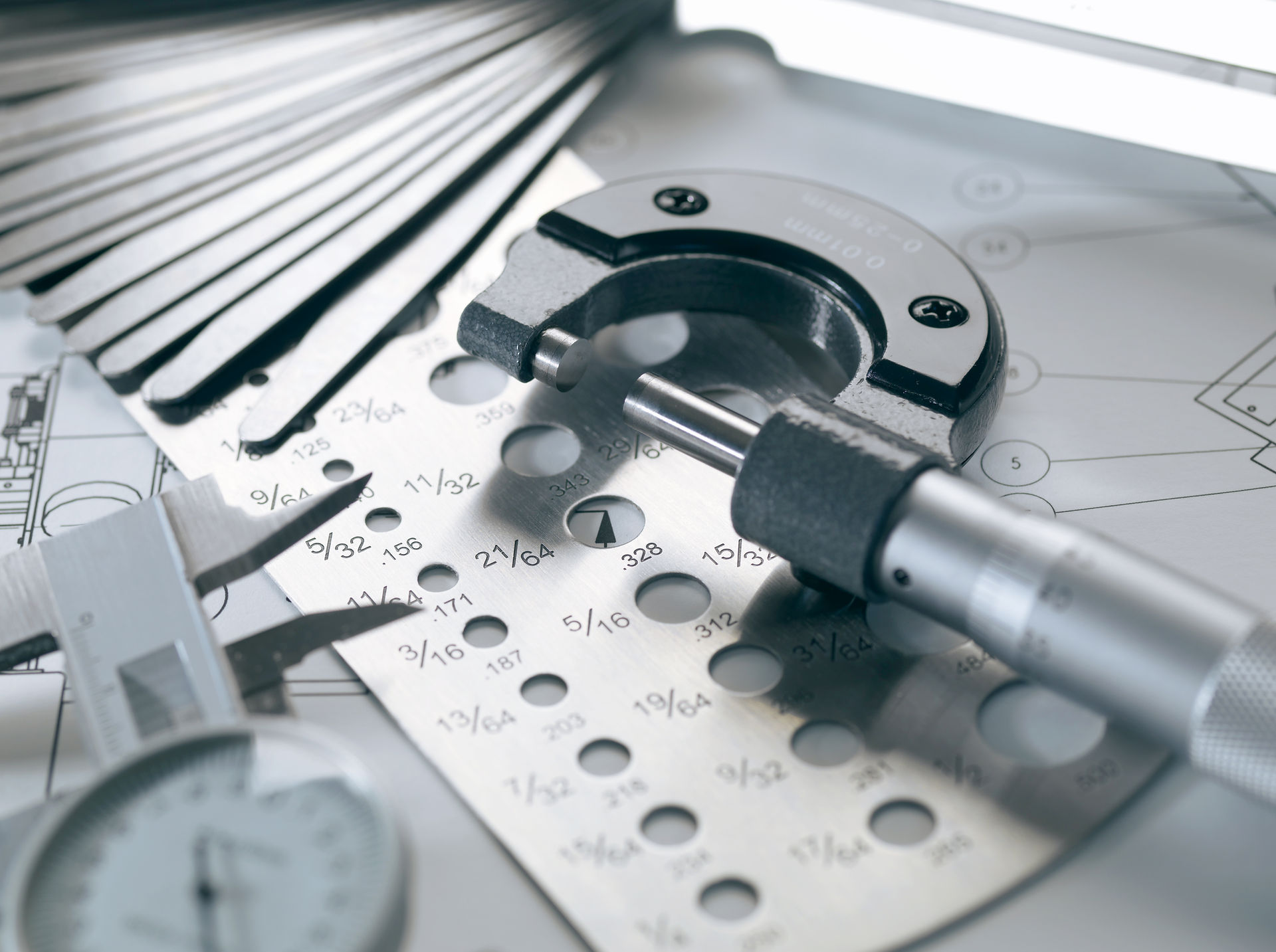
David Andrews Online Portfolio
Statistical Process Control Charts
What are x-bar and R-charts?
X-bar and R-charts are Control Charts, a plot of a quality characteristic with respect to time.
Control charts monitor a process, revealing patterns such as trends/cycles, sudden shifts in data, and data closing in on a control limit (UCL/LCL, explained below).
Why are x-bar and R-charts useful?
Examining patterns seen in Control Charts can allow for preventative maintenance and improvement of a process. The control Limits, UCL and LCL, provide a frame of reference. UCL and LCL are established by 3 standard deviations from the average quality characteristic. The observation of trends within these charts can signal fluctuations or sudden issues in a process which need to be addressed.
Example issues: Physical Variables: machine wear, contamination, new tooling, change in stock material, inaccurate/imprecise measuring tools
Process Variables: worker fatigue, Improper sampling, over-control, faulty measuring method, etc.
Changes are labeled as either assignable cause or special cause. Assignable causes are rooted ordinary variables, often lying between the UCL and LCL; Tool changes, machine adjustements, operator change, etc. Assignable causes are easily controlled/eliminated, improving the part quality. Special Causes Will lie outside of the UCL and LCL lines.
How are the above charts interpreted?
We can observe the data points of the charts, and make observations such as:
-
Subgroup 4 is far outside the control limit in the subgroup average chart, however the range for that subgroup is reasonable. This means that all of parts collected in the 4th slot of each data set are consistently out of spec. This shows a repeating pattern, and should be investigated.
2. Subgroup 18 average is very close to good spec, however the range chart indicates that this may be misleading. With a range of 0.30mm, we know that there was either a one-time mistake (outlier), or parts are repetitively produced far out of the 6.30mm to 6.50mm tolerance.
Definitions & Formulas:



Download me